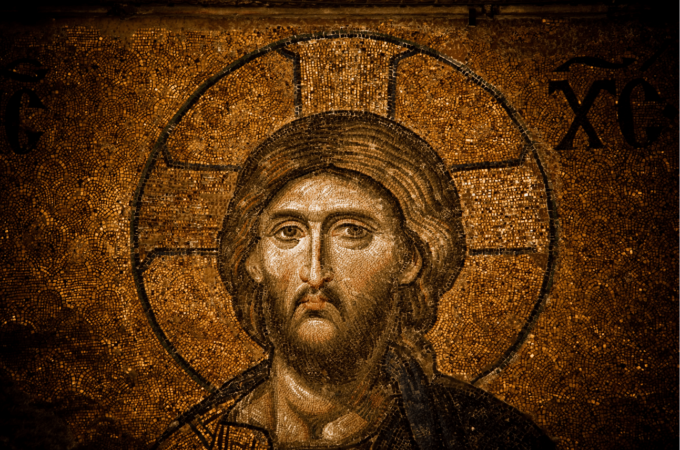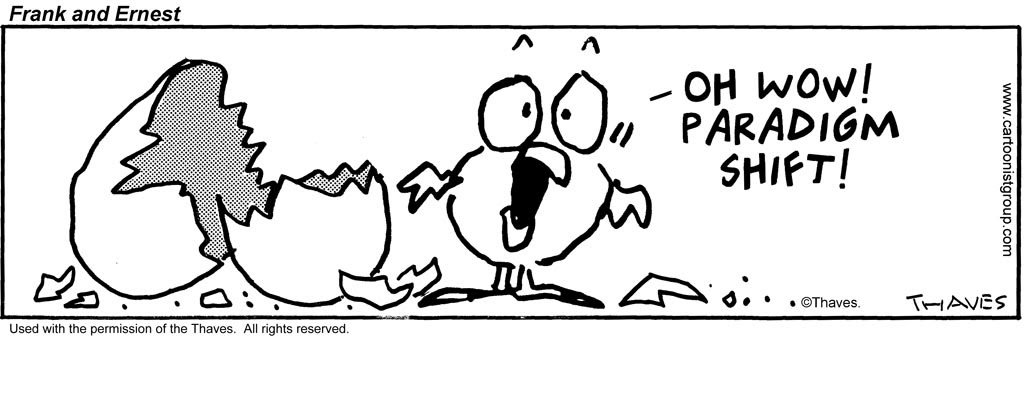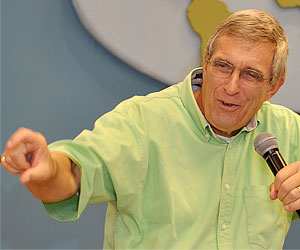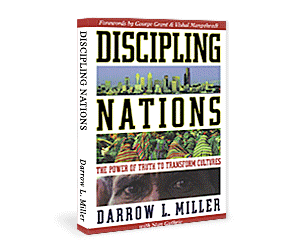God is very clear that mankind is not to make idols. The first and second commandments teach, “You shall have no other gods before me. You shall not make for yourself a carved image, or any likeness of anything that is in heaven above, or that is in the earth beneath, or that is in the water under the earth” (Deuteronomy 5:7-8). As human beings, we are not to be idolaters, to worship idols. We are not to make images. But did you know it is OK for God to make images? And he has. He has made images so that we can see him.
The apostle Paul reminds us that the visible and invisible realms that we inhabit were created by Christ and for Christ (Colossians 1:16) and that “in him all the fullness of God was pleased to dwell” (Colossians 1:19). Christ was the invisible God manifested in a visible form – a human body. He was the God-Man. Colossians 1:15 states, “He is the image of the invisible God, the firstborn of all creation.”
The word image is the Greek word eikon, from which we get the English word “icon.” In The Purple Curtain, Dr. Brian S. Chan writes that “Jesus was the perfect self-portrait of God” (Chan 1995, 126). Another way of saying it is that Jesus was the living Icon of God. This is the very meaning of the incarnation: “And the Word became flesh and dwelt among us, and we have seen his glory, glory as of the only Son from the Father, full of grace and truth” (John 1:14).
We find the Hebrew equivalent of the Greek word eikon in Genesis 1:26-28. It reveals that human beings are made in the image of God – ṣě·lěm: “image, likeness, i.e., that which is a pattern, model, or example of…” God. Jesus is the eikon of God, and we are the ṣě·lěm of God. How are we the image of God? In one way, we share some of his “communicable” characteristics of mind, heart, and will, among others. We are made in his image and likeness to function as his vice-regents to steward the earth.
Chan writes that in medieval times, icons “were visible representation[s] of spiritual truths or realities” (Chan 1995, 126). Here, we have human attempts to manifest the invisible into the visible world through paintings. Like any good balladeer, it took a person with both excellent skills – theological understanding and working within a Biblical worldview – to manifest the invisible reality in a visible medium.
SO WHAT?
So what does this mean? Jesus is the Logos of God so that we might hear; he is the Icon of God so that we might see.
Just as Christ is the Word of God incarnate, we are to incarnate the Word of God through our lives individually and through the corporate life of the church. How do we do this?
For us as followers of Christ, it means we must consciously manifest something of the character of God today. Perhaps that means serving as a volunteer in a hospital or nursing home. Perhaps it means taking cookies or flowers to a lonely neighbor. We bring glory to God when we manifest Christ’s nature and likeness through our lives and work.
Christian artists have a special opportunity as artists. They may represent the First Artist and His primary creation through their secondary creation. For more on this, see my book A Call for Balladeers: Pursuing Art and Beauty for the Discipling of Nations.
As a watching world longs to see and hear something of the unseen reality, let us manifest Christ in a way their senses can help them understand what is real.






